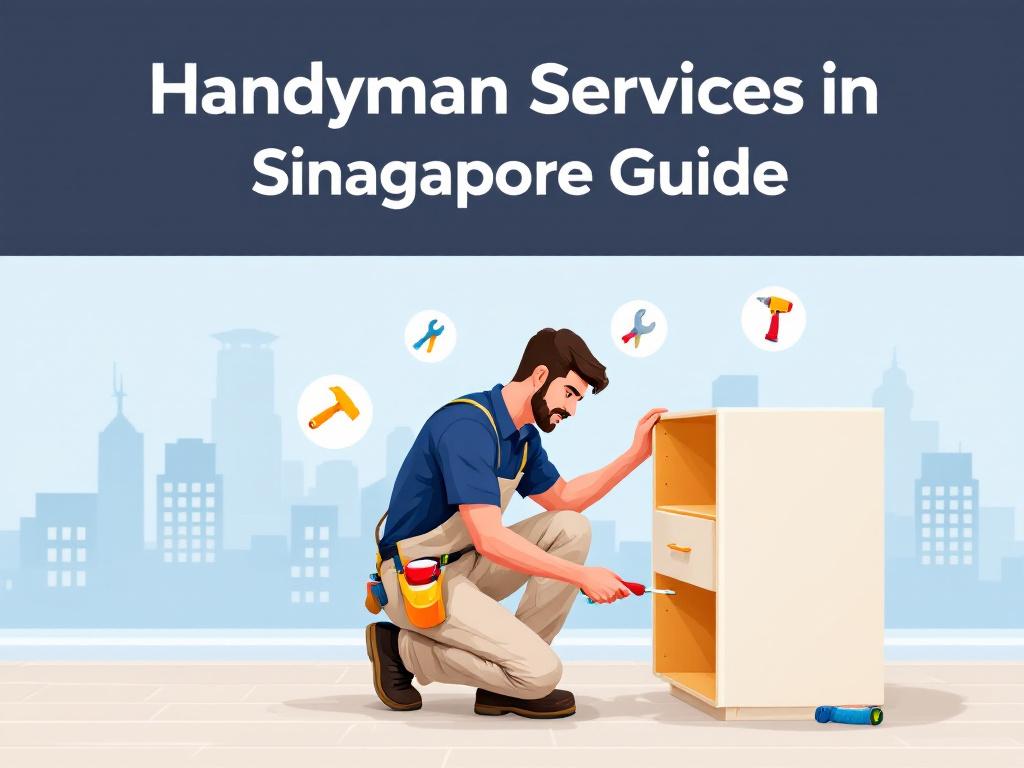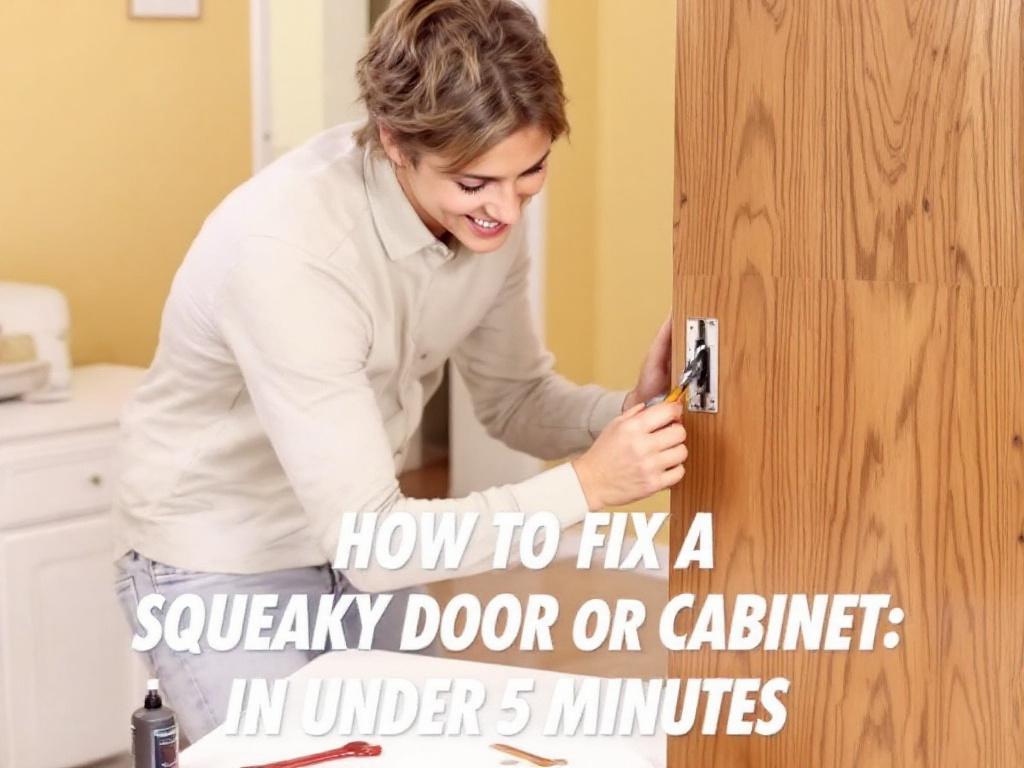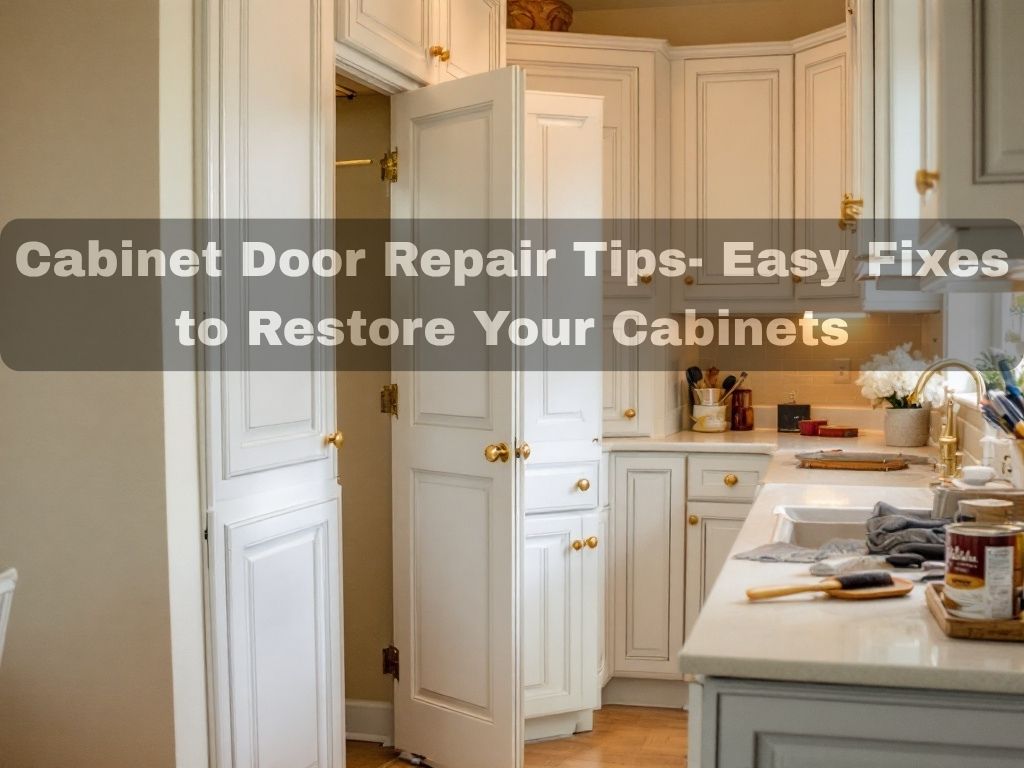Is your cabinet door stubbornly sticking, squeaking, or hanging at an awkward angle? If so, you’re not alone—and you don’t have to live with those frustrating flaws any longer. Whether your kitchen doors have seen years of heavy use or just a bit of wear and tear, mastering a few simple cabinet door repair tips can save you time, money, and headaches.
In this guide, we’ll walk you through easy, effective fixes that anyone can tackle—even if you’re not a DIY expert. Get ready to bring your cabinets back to life with confidence and keep your kitchen looking sharp!
Common Cabinet Door Problems and What Causes Them
Understanding the root cause of your cabinet door trouble is the first step toward an effective fix.
Loose or Sagging Cabinet Doors
Loose cabinet doors usually mean your hinges or screws are worn out or stripped. Over time, the constant opening and closing can loosen screws or damage the wood around the hinge. Additionally, heavy cabinet contents can pull doors down, causing sagging.
Cabinet Doors That Won’t Close Properly
Doors that don’t close fully or latch correctly often have misaligned hinges or swollen wood. Moisture is a common culprit that causes wood to expand, especially in humid kitchens. Warped panels also prevent doors from sitting flush in their frames.
Squeaky Cabinet Doors
Squeaks come from dry or rusty hinges and accumulated dirt. When hinges lose lubrication or get dirty, friction increases, causing that annoying noise every time you open or close the door. Misalignment can worsen this friction too.
Essential Tools You’ll Need for Cabinet Door Repairs
Before diving into repairs, gather the right tools to make the job easier and faster:
- Screwdrivers (both Phillips and flat-head) to tighten or remove screws.
- Power drill with screwdriver bits to speed up the process.
- Wood glue or epoxy for minor wood damage or filling screw holes.
- Sandpaper (medium and fine grit) to smooth swollen or warped wood.
- Replacement hinges and screws for damaged hardware.
- Lubricant spray like WD-40 for squeaky hinges.
- Clamps to hold glued pieces together securely.
Step-by-Step Cabinet Door Repair Tips
How to Tighten or Replace Loose Hinges
- Carefully remove the cabinet door by unscrewing the hinges.
- Inspect screws for wear or stripping. Replace any damaged screws with new ones.
- If the screw holes in the wood are stripped, fill them with wood glue and small wooden toothpicks or use plastic wall anchors for a more secure grip. Let the glue dry completely.
- Reattach the hinges and hang the door back. Check if the door feels stable and doesn’t sag.
Pro Tip: If the door keeps loosening, consider upgrading to heavier-duty hinges designed for more frequent use.
Fixing Cabinet Doors That Won’t Close Properly
- Slightly loosen the hinge screws and adjust the door position to realign it with the cabinet frame. Most modern hinges have adjustment screws for vertical and horizontal movements.
- If the door edge is swollen due to moisture, lightly sand the edges using medium-grit sandpaper, then finish with fine-grit for smoothness.
- Replace any hinges that are rusted or damaged with adjustable ones, making future alignment easier.
Example: One homeowner fixed a warped door by sanding down swollen edges and switching to soft-close adjustable hinges. This prevented future misalignment and gave the kitchen a silent, smooth close.
Eliminating Squeaks and Stiffness
- Remove any dirt or debris from the hinges with a damp cloth. Dirt can cause extra friction and noise.
- Spray lubricant directly on the hinge joints and open and close the door several times to spread the lubricant evenly.
- If hinges are rusty beyond repair, replace them to prevent future squeaks.
When to Repair vs. Replace Cabinet Doors
Sometimes repairs are not enough to restore your cabinet doors effectively. Consider replacing doors if:
- Wood rot or damage is extensive and compromises structural integrity.
- Cracks are too big or multiple.
- Hardware is severely corroded or unavailable for replacement.
- You want to update your kitchen’s style and finish entirely.
Pro Tip: Replacing cabinet doors individually is often more cost-effective than replacing the entire cabinet.
Preventive Maintenance Tips to Keep Cabinet Doors in Top Shape
To avoid frequent repairs, regular maintenance is key:
- Check and tighten screws on hinges and handles at least once every few months.
- Avoid overloading cabinets to prevent excessive strain on doors.
- Clean cabinet doors regularly with a damp cloth to prevent dirt buildup that can affect hinges.
- Install door bumpers or pads inside to soften closing impacts and reduce wear.
- Apply a protective finish or sealant on wooden doors annually to prevent moisture damage.
Quick Cabinet Door Repair Checklist
- Inspect hinges and screws monthly for looseness.
- Lubricate hinges twice yearly to prevent squeaks.
- Adjust hinges for realignment when doors don’t close properly.
- Sand and seal minor wood damage promptly to prevent worsening.
- Replace any hardware showing rust or excessive wear.
Call to Action (CTA)
Don’t let cabinet door problems disrupt your kitchen’s function or style. Whether it’s a simple hinge fix or a complete door replacement, our expert repair team is ready to help you restore your cabinets with precision and care. Contact us today for a free consultation and get your kitchen doors working and looking like new!
FAQ Section
Q1: How much does it cost to repair a cabinet door?
Minor DIY repairs usually cost under $20 for supplies, while professional repairs can range from $50 to $150 depending on complexity.
Q2: Can I replace just the cabinet door without replacing the entire cabinet?
Yes, cabinet doors are often modular and can be replaced individually to save costs or update styles.
Q3: How do I know if my cabinet hinges are adjustable?
Adjustable hinges typically have visible screws on the hinge arm for lateral or vertical movements.
Q4: What is the best way to fix a warped cabinet door?
Light sanding helps minor warps. For severe warps, replacement or reinforcement with braces is recommended.
Q5: How often should I lubricate cabinet door hinges?
Twice a year is ideal to keep doors quiet and smooth.
Conclusion
Cabinet door issues are common but rarely require costly replacements or professional help. With these cabinet door repair tips, you can tackle loose hinges, misalignment, squeaks, and minor wood damage yourself—saving time and money while restoring your kitchen’s charm. Regular maintenance will extend the life of your cabinets, keeping them functional and beautiful for years to come. If you prefer a hassle-free option or have serious damage, expert repair services are just a call away. Take action today, and enjoy a smoother, more beautiful kitchen tomorrow!





